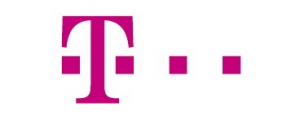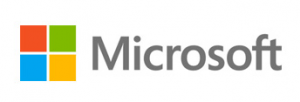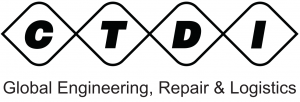The main branch is currently in Los Angeles with additional offices in San Francisco and New York. However, the most important part of the company is still located in Prague, where nearly 150 developers and designers work. Lubo Smid, the Chief Operating Officer, told us what was most important during their recent relocation to Karlín.
You were previously based in Wenceslas Square, and then in Slovanský dům. Now you are in your new headquarters in Karlín. What was most important when choosing your premises?
"Finding space for us was difficult. We wanted to build a modern office, which wasn’t only about work. We wanted a terrace where we could have barbecues, space for a built-in bar, a gym and also places to relax – all while not being in the centre. We first shied away from Karlín, but after the centre couldn’t offer anything approaching our vision, we started looking elsewhere and we don’t regret it. Transport in Karlín is great and the facilities exceeded our expectations."
Isn’t moving to the outskirts of the city centre a step backwards?
"We didn’t want to move from the centre of course, but there are many restaurants and cafés that I and people around me like. Karlín is also the technological centre of Prague, where lots of technology companies are located and it’s just a few minutes to the centre by metro or tram."
What were the key features you gave to the architect in terms of the new space? What’s unique about the space?
"We wanted a space that offers a combination of a pleasant working environment with leisure activities. We did not want golden door handles and faucets, as some companies do. We wanted a youthful appearance, which highlights our corporate culture. We've got sleeping booths, relaxation areas with sofas, two table footballs, a bar, a gym and a hot tub on the roof. The architects managed to create an environment that you want to return to. For example, one of the offices has a birch grove, or a rug with Space Invaders."
You’re regularly in Silicon Valley in California, the technology centre of the planet, where you have two branches. Did something inspire you from there when you were designing the new space in the Czech Republic?
"I think that the trend of modern offices had already come to the Czech Republic, so we didn’t build anything that wasn’t already here. We don’t want any gimmicks, but offices that are truly functional. If our developers nap after lunch, play billiards or work on the terrace, they can - everything is possible. We built the offices so that our people feel good in them."
STRV has grown from 50 employees to 150 over the last year. What are the needs of a developing company in the Czech Republic, which mainly works for the American market? Are they different with the increasing number of employees?
"Working for an American company in the Czech Republic is not as complicated as it might seem. We work on interesting projects, so our people don’t mind working unpredictable hours. Sometimes it’s necessary to come to work before lunch and leave in the evening to meet the scheduled calls with clients. We found out that we didn’t have enough phone booths and meeting rooms with our expanding team, but we have numerous meeting rooms in our new premises."
STRV tries to keep the corporate culture of a start-up; is it possible with so many employees?
"We had to focus more on internal communications with the rapid growth of the company, providing information to our employees and giving them everything they need to work. Due to our growth, I returned from San Francisco and have been leading the company from the Czech Republic for almost a year. There are 150 of us now and our corporate culture is very open and friendly from my perspective. We regularly send four people to America for a month to meet clients and gain experience, we draw lots for “lucky lunches” to get to know people from different departments and we have a number of sports clubs and open meetings to which everyone can come to. So we’re doing well and I believe that our employees would agree with me."
Some time ago you changed business processes: you got rid of from the process of communicating with client project managers and developers to communicate directly with clients. How has it been working out? What are the advantages and disadvantages?
"American clients simply have no desire for project managers - they want to communicate directly with the team that works for them. The disadvantages are that this places pressure on developers and designers to know how to communicate with clients, solve problems, and effectively present the work they have done. On the other hand, the advantages are that our people have more responsibility and are directly responsible for the results, which our young team of designers and developers takes very positively. We give people a lot of freedom – they don’t have to work from the office and we don’t care whether they work in the morning or evening, but at the end of the day we want them to always work effectively, which is backed up by our work and we wouldn’t change a thing."








